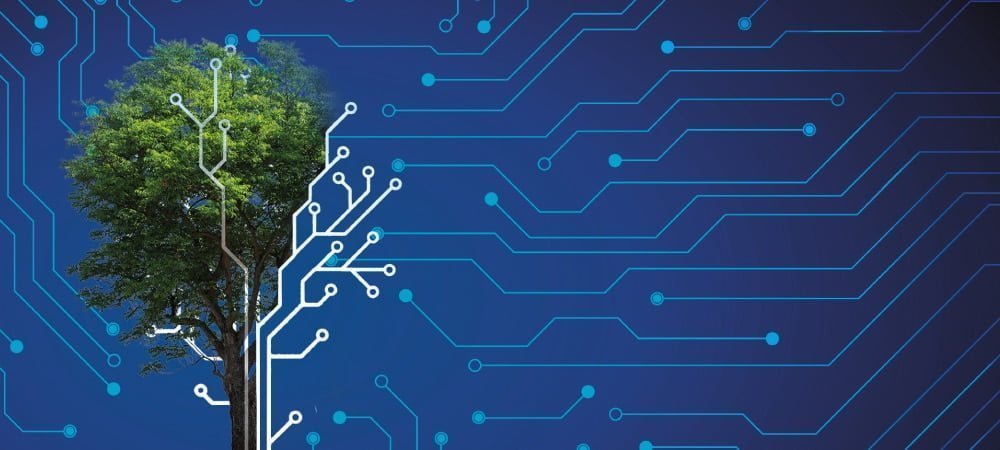SCM, CRM and SAP core competence


SAP was able to prevent the SuccessFactor disaster at the very last second. But it was proof that SAP does not know cloud computing. Whenever an existing SAP customer started a comprehensive job in the SuccessFactor cloud, many other cloud users only saw the familiar hourglass on the screen.
SAP focused on HCM functions and neglected infrastructure management. The focus was on the transition from a decades-old on-prem HR solution to an HCM system in the cloud. The starting point for this transformation was the acquired SuccessFactor. The roadmap was not to the liking of all SAP's existing customers, but functionally it made sense on the whole - it was only the operating model in the cloud that SAP did not master.
SAP seems to have learned little from its mistakes: IBP, Integrated Business Planning, was created in the cloud on the basis of the on-prem APO solution (Advanced Planner and Optimizer) that had been successful for years. Supply chain experts are predominantly convinced by the functional scope and end-to-end concept of Integrated Business Planning. SAP is strongly praised for this software development. But IBP is only available as a cloud offering - an intolerable situation for us. Why?
IBP comes in-house as a cloud solution and thus supply chain planning would be dependent on SAP's release planning and maintenance times. However, an industrial group like my employer with global supply chains cannot make itself dependent on maintenance windows and infrastructure providers like SAP with SCM.
As a Group CIO, I already have enough need to discuss applications from professional hyperscalers, whose business model is the cloud. SAP's business model is standard business software. In the area of cloud computing, everything speaks against SAP - too little experience, too little infrastructure, too little scaling. Even with shadow contracts to the US provider Cloudflare, SAP cannot succeed in building a satisfactory cloud architecture for global IBP.
Because many supply chain and APO experts here in the house are really convinced of IBP, I want to argue it clearly again: Integrated Business Planning in the cloud is too much of a cluster risk! Of course, I now run my own data centers on a verified cloud pattern, because in many areas cloud functionality is the logical evolution of virtualization - but in the supply chain we need to retain autonomy and be able to determine maintenance windows ourselves.
Another example from the area of function versus infrastructure: At the beginning of this year, a subdivision of the group asked me for a new CRM system. The sales manager in charge came to my office and said that he had heard that Salesforce would harmonize quite well with our SAP system. Without initiating a business, organizational, technical and licensing lecture, I promised to look into the matter sympathetically - also because I myself was not up to date with SAP's CRM.
Over the summer, I commissioned three interns to evaluate and select CRM products, with the main focus on SAP and Salesforce. Surprise: In almost all disciplines, SAP performed much better than Salesforce. SAP CRM makes a much more consistent impression. It is more of a coherent application than an Excel-like, grown CRM system. I was very surprised at the amount of development SAP has created in the past few years since the full-bodied announcement of C/4 at a Sapphire in Orlando - at the time by Bill McDermott and Hasso Plattner. The sales colleague will get a CRM from SAP next year!
What I wanted to prove with my last column for this year: SAP still masters the essential business algorithms. SAP's core competence exists and is business management and organization, not cloud computing.





2 comments
Christian Podiwinsky
Ich kann mich als langjähriger interner / externer SAP-Berater diesen Ausführungen nur anschließen. Für die meisten SAP-Kunden war die multifunktionale / multibranchen Integration der SAP-Anwendungen in einem logischen System ein wesentlicher Entscheidungsfaktor, der andere Nachteile – wie Preis/Kosten, Schulungsaufwand, wenig sexy-Oberfläche,.. aufhob. Es wäre logisch gewesen, hätte man die In-memory-Speichertechnologie und in späterer Folge die universellen Digitalisierungsanforderungen zum Anlass genommen, um den SAP-Kernel – sprich R/3-ECC,… entweder weiter oder -ähnlich wie beim Wechsel von R/2 auf R/3 – ein R4 zu entwickeln, das die technologischen Entwicklungen voll ausnutzt. Da hätte man voll integrierte Planungsmodelle – integriert mit KI-Funktionen neu entwickeln können, eine mehrstufige Verfügbarkeitsprüfung mit Handlungsalternativen, voll integrierte Personaleinsatzplanungen und Isterfassungen, Einkaufs- und Kundenplattformen, flexible, voll integrierte Prozessmodellierungen / – verfolgungen, Workflow-Applikationen mit variablen, benutzernahen Parameter und intergiert über alle Anwendungsmodule, eine mit ABAP und anderen SAP-Entwicklungswerkzeugen verknüpfte Low-Code / No-Code-Umgebung u.v.a.m. entwickeln können. Bei konsequenten Neuausbau und Modernisierung des R/4 wäre auch eine Neulizenzierung vertretbar ud vom markt auch akzeptierbar gewesen.
Statt dessen kaufte man – ziemlich wahllos – Softwarefirmen zu, deren Anwendungen in den wenigsten Fällen die Key-Bedürfnisse der bestehenden SAP-Kunden berührte, noch in gewohnter Weise mit dem SAP-Kernel integrierbar waren und vollkommen neue Skills zum Aufbau / Wartung der Systeme brauchte.
Es ist für sehr viele Kunden auch nicht nachvollziehbar, warum sie ihr bestehendes ERP-System in die Cloud transferieren sollen , warum SAP-Neuentwicklungen mit Priorität in der Cloud angeboten werden – es gibt sehr wenige – und wenn nur kurzfristig geltende – betriebswirtschaftliche Argumente das zu tun. Und wie mühsam ist es, Know-how für IBP, SAC, Instandhaltung neu.. zusätzlich zum bestehenden SAP-Know-how aufzubauen – wie viele Fallen, Zusatzaufwand, Zeitverzögerungen,… gibt es ,um die Daten von diesen isolierten Anwendungen mit dem Kern-ERP zu verknüpfen – da verliert SAP ihre Uniquness – da kann man sich genau so gut um andere Produkte, die oft sehr gut mit SAP verknüpfbar sind, umschauen – und die Betreuung ist da auch oft besser.
Peter M. Färbinger, E-3 Magazin
Hallo! Ja, ein R/4 wäre besser gewsen als ein S/4. Einige Experten sagen aber auch, dass in S/4 an vielen Stellen nur ein ERP/ECC 6.0 steckt. Also alter Wein in neuen Schläuchen?
Und die verordnete Cloud-Transformation wird noch ein Thema in der SAP-Community: Der APO erweckt immer wieder gemischte Gefühle. Nun muss es mit dem Nachfolger IBP in die Cloud gehen, darüber sind nicht alle SAP-Bestandskunden glücklich.
SAP öffnet mit der aktuellen Politik den Mitbewerbern Tür und Tor …